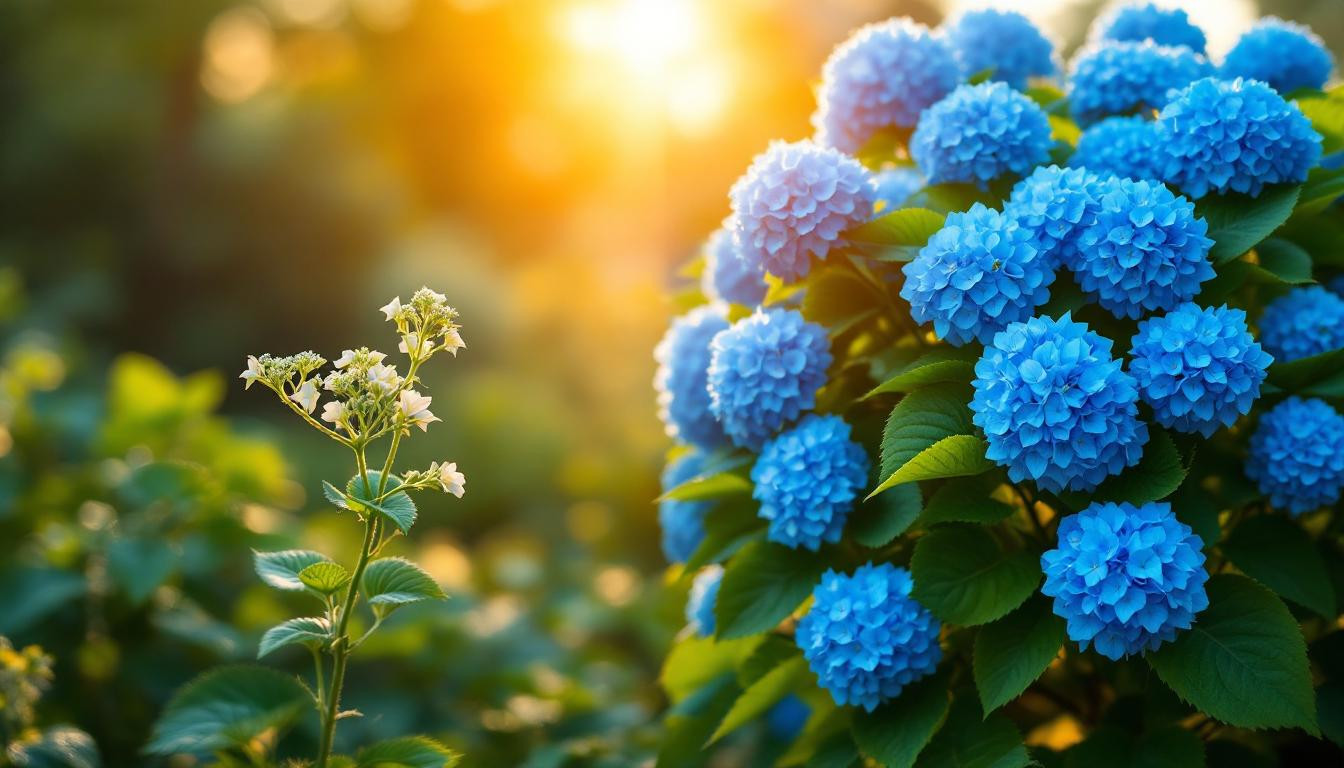Dreaming of magnificent hydrangea blooms that make neighbors stop in their tracks? The pathway to those envy-worthy flowers starts now, as spring 2025 offers the perfect window to revolutionize your garden’s showstoppers. What many gardeners miss is that these versatile shrubs harbor a secret life beneath their showy exterior—one that requires specific spring attention to truly shine.
Why spring care transforms your hydrangeas’ entire year
Hydrangeas operate like nature’s memory keepers—what happens in spring echoes throughout their blooming season. Soil preparation during these critical weeks can mean the difference between lackluster growth and magnificent summer displays.
“The biggest mistake gardeners make is waiting until summer to address hydrangea health,” explains Maria Chen, botanical director at American Horticultural Society. “By then, you’re just managing symptoms rather than building the foundation for spectacular blooms.”
The pH solution: The hidden color control you’re overlooking
That gorgeous blue hydrangea you purchased might surprise you by turning pink! This isn’t plant betrayal—it’s chemistry. Soil acidity determines bloom color in many hydrangea varieties, particularly bigleaf types.
For blue flowers, aim for acidic soil (pH 5.0-5.5) by incorporating:
- Coffee grounds mixed into mulch
- Pine needle compost
- Aluminum sulfate (use sparingly)
For pink blooms, sweeten soil to pH 6.0-6.5 with garden lime. This transformation works like a garden magic trick—same plant, completely different look based on simple soil adjustments.
The pruning paradox: Why cutting incorrectly costs you flowers
Before grabbing those pruners, know this crucial fact: some hydrangeas bloom on old wood, others on new. Cutting them identically is like using the same key for different locks—it simply won’t work.
“I’ve seen gardeners cry over bloomless hydrangeas because they pruned everything back in early spring. That’s perfect for some varieties but disastrous for others,” shares Thomas Jefferson, veteran landscape designer.
Know your hydrangeas before you cut
Improper pruning is the number one reason for bloomless hydrangeas. Use this quick guide:
- Panicle (cone-shaped blooms): Prune hard in early spring
- Bigleaf/Mophead: Remove only dead wood in spring
- Oakleaf: Light pruning immediately after flowering
- Smooth: Can be cut back severely in early spring
The mulching miracle your hydrangeas are begging for
Think of mulch as your hydrangea’s protective blanket—regulating soil temperature and conserving critical moisture. Add 2-3 inches of organic mulch now to reduce watering needs by up to 30% this summer. For even better results, try cardboard as a base layer under mulch to suppress weeds while improving soil.
Companion planting: The unexpected hydrangea support system
Your hydrangeas need friends! Strategic companion planting creates a natural ecosystem that deters pests. Consider planting purple flowers nearby to naturally repel common hydrangea predators while attracting beneficial pollinators.
Feeding for abundance: The nutrition timeline
Hydrangeas are like marathon runners—they need sustained energy, not quick bursts. Apply slow-release fertilizer formulated for acid-loving plants in early spring, then switch to a bloom-booster in early summer. This feeding schedule mirrors the plant’s natural growth cycle.
Could your garden’s greatest beauty be just weeks away?
Implementing these spring secrets now doesn’t just promise better blooms—it transforms your hydrangeas into garden centerpieces that can rival any other landscape feature. Like how humble vegetables can become culinary stars, your ordinary hydrangeas can become extraordinary with the right spring care.
